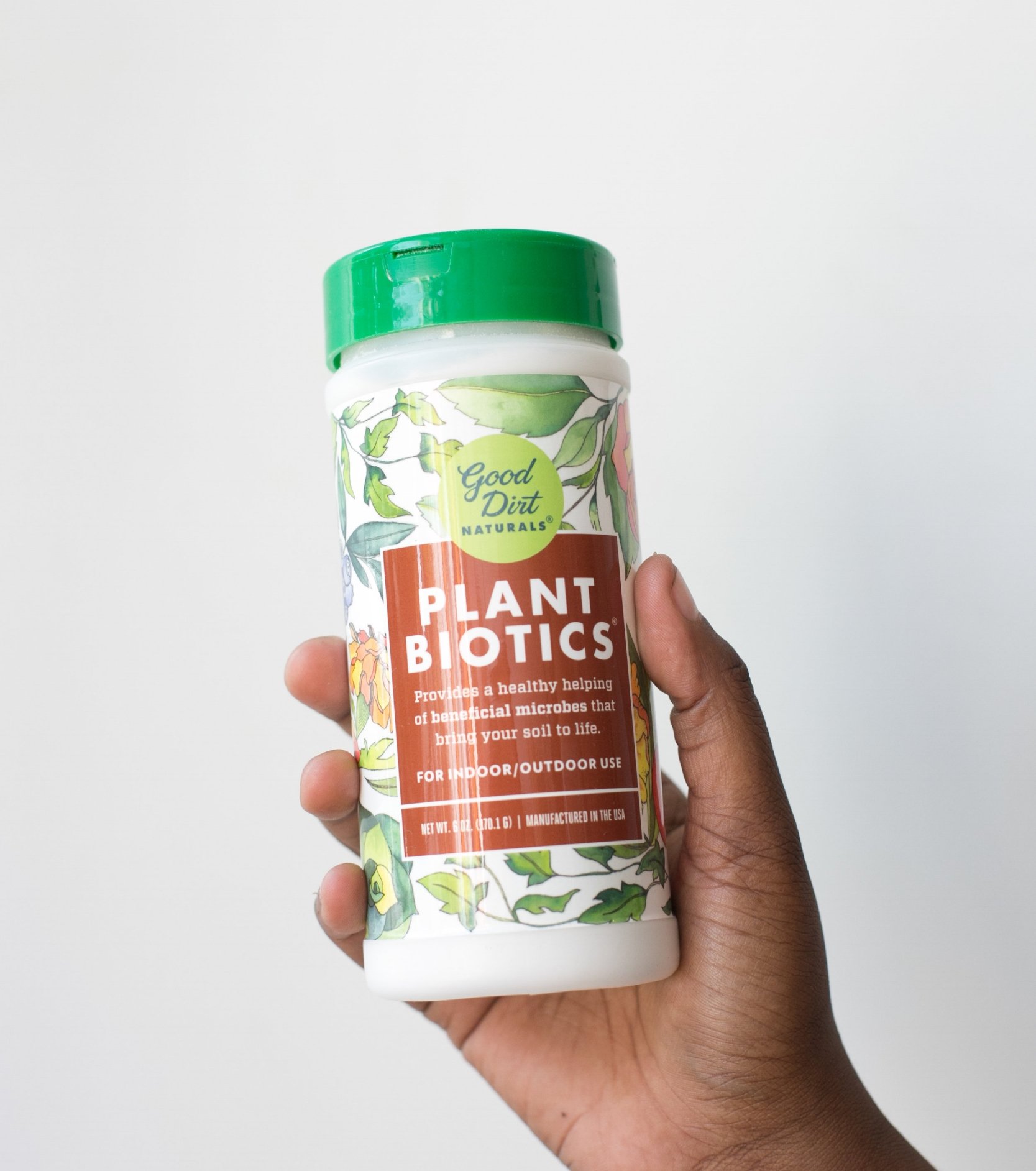Houseplants: A Guide for Beginners
Houseplants are a great way to add life and greenery to your home, and here at TZS we like to remind you guys every so often of how to pick, where to place, and how to take care of your plants If you're new to houseplants or just need a quick reminder on how to care for the ones you already have, here are a few tips to get you started:
1. Choose the right plants for your lifestyle.
Not all houseplants are created equal. Some are more tolerant of neglect than others, and some need more light or water than others. Do some research before you buy, and choose plants that will thrive in your home environment
Here are a few things to consider when choosing houseplants:
Light: How much light does your home get? Some houseplants need bright, indirect light, while others can tolerate low light or even direct sunlight.
Water: How often do you water your plants? Some houseplants need to be watered frequently, while others can go for long periods of time without water.
Temperature: What is the temperature range in your home? Some houseplants prefer warm temperatures, while others can tolerate cooler temperatures.
Humidity: How humid is your home? Some houseplants prefer high humidity, while others can tolerate low humidity.
Once you've considered these factors, you can start narrowing down your choices. Here are a few popular houseplants that are relatively easy to care for:
Spider plant: This plant is tolerant of neglect and can tolerate a wide range of light conditions. It's also a good air purifier.
ZZ plant: This plant is also very tolerant of neglect and can tolerate low light conditions.
Snake plant: This plant is very drought-tolerant and can tolerate low light conditions.
Peace lily: This plant prefers bright, indirect light and needs to be watered regularly.
Ficus elastica: This plant prefers bright, indirect light and needs to be watered regularly.
2. Give your plants the right care.
Once you've chosen your plants, it's important to give them the right care. This includes providing them with the right amount of light, water, and fertilizer.
Light: Most houseplants need bright, indirect light. This means that they should be placed in a spot where they will receive plenty of sunlight, but not direct sunlight.
Water: How often you water your plants will depend on the type of plant, the size of the pot, and the climate. Generally, you should water your plants when the soil is dry to the touch.
Fertilizer: You should fertilize your plants once a month during the growing season. Use a fertilizer that is specifically formulated for houseplants.
3. Inspect your plants regularly.
It's important to inspect your plants regularly for pests and diseases. If you see any problems, take action immediately to prevent them from spreading to other plants.
Some common pests that can affect houseplants include:
Spider mites: These tiny mites can cause damage to the leaves of your plants. They are often found in dry, dusty conditions.
Mealybugs: These small, white insects can also cause damage to the leaves of your plants. They are often found on the undersides of leaves.
Scale insects: These small, round insects can also cause damage to the leaves of your plants. They are often found on the stems of plants.
Some common diseases that can affect houseplants include:
Root rot: This disease is caused by overwatering. It can kill your plants if it is not treated.
Leaf spot: This disease is caused by a fungus. It can cause unsightly spots on the leaves of your plants.
Rust: This disease is also caused by a fungus. It can cause unsightly spots on the leaves of your plants.
4. Repot your plants as needed
As your plants grow, they will need to be repotted into larger containers. Repotting helps to provide your plants with more space for their roots to grow, and it also helps to refresh the soil.
When you repot your plants, choose a container that is only slightly larger than the current container. Fill the bottom of the container with a layer of drainage material, such as pebbles or gravel. Then, add a layer of potting soil. Gently remove your plant from its current container and place it in the new container. Add more potting soil around the roots of the plant, and then water it thoroughly.
5. Enjoy your houseplants!
Houseplants are a great way to add beauty and life to your home. They can also be a great way to learn about gardening and to relax. So take some time to choose the right plants for your lifestyle, and enjoy watching them grow and thrive







